Blog Content
The discovery beneath Cusco is no longer legend.
For centuries, locals, explorers, and chroniclers spoke of the Inca Chinkana in Cusco — a network of underground tunnels believed to connect the mighty fortress of Sacsayhuamán with sacred temples in the ancient capital of the Inca Empire.
Today, this ancestral story, passed down through generations, is gaining archaeological confirmation.
According to Cuarto Poder (América Televisión), in its October 1, 2025 broadcast, Peruvian archaeologists have begun documenting and accessing newly opened entrances to a vast stone-built system that could extend for more than 8,000 meters beneath the city.
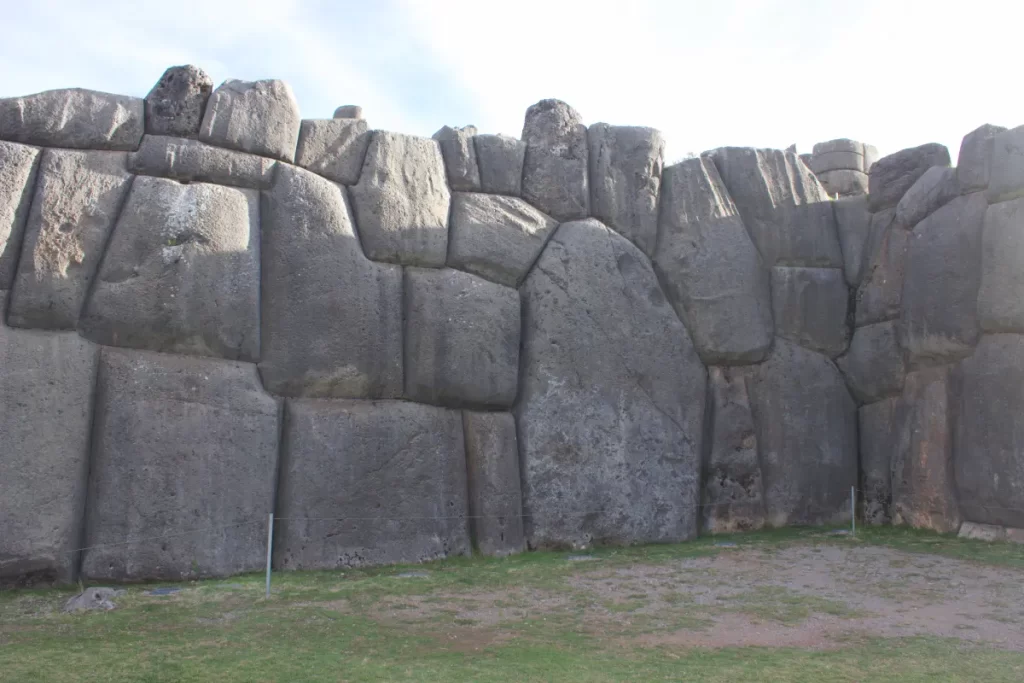
What Is the Chinkana?
In Quechua, chinkana means “labyrinth” or “place where one gets lost.”
Chroniclers of the colonial era referenced these secret subterranean passages.
Inca Garcilaso de la Vega himself mentions such access points in his writings, describing how children in Cusco once played around these mysterious openings.
For decades these were considered mostly myth.
But now — archaeological work is revealing real structure.
The 2025 Archaeological Project
The 2025 investigation — the Proyecto Chinkana-Cusco — is led by archaeologists Mildred Fernández and Jorge Calero.
Funding comes from organizations in Peru and from international associations in the United States and Spain.
Among the confirmed data:
| Item | Current Verified Information |
|---|---|
| Location | Beneath the Sacsayhuamán sector, Cusco |
| Estimated length | 8,000+ meters of galleries and corridors |
| Shape | Part of the entrance is sculpted like a serpent’s head, symbol of Ukhu Pacha (underworld) |
| Security | Tourist police and Tahuantinsuyo precinct monitor the area permanently |
| Excavation status | Early phase — more entrances expected |
Two Chinkanas in Cusco
Researchers distinguish two general sites:
The Great Chinkana (Chinkana Grande)
- Located in the upper sector of Sacsayhuamán
- The main tunnel system currently under active study
- Parts sealed for nearly two centuries

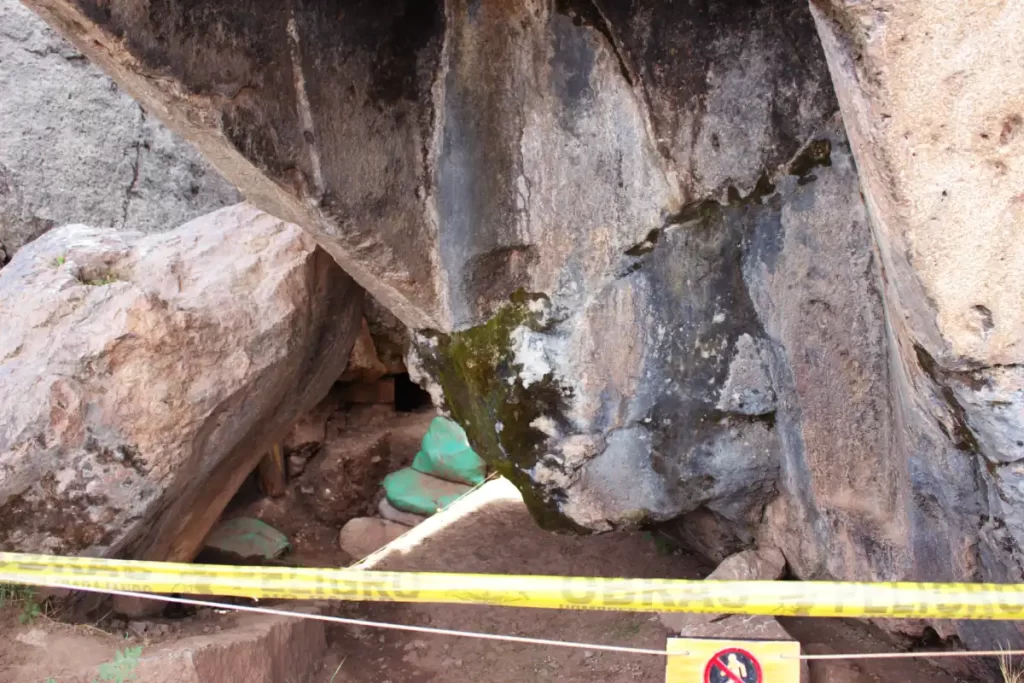
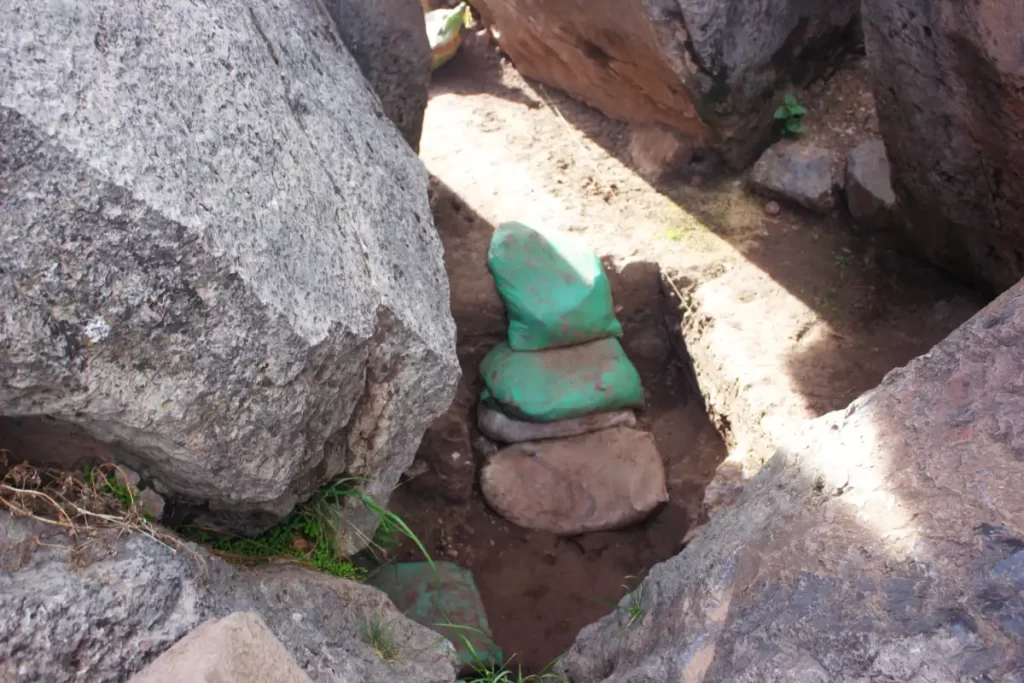
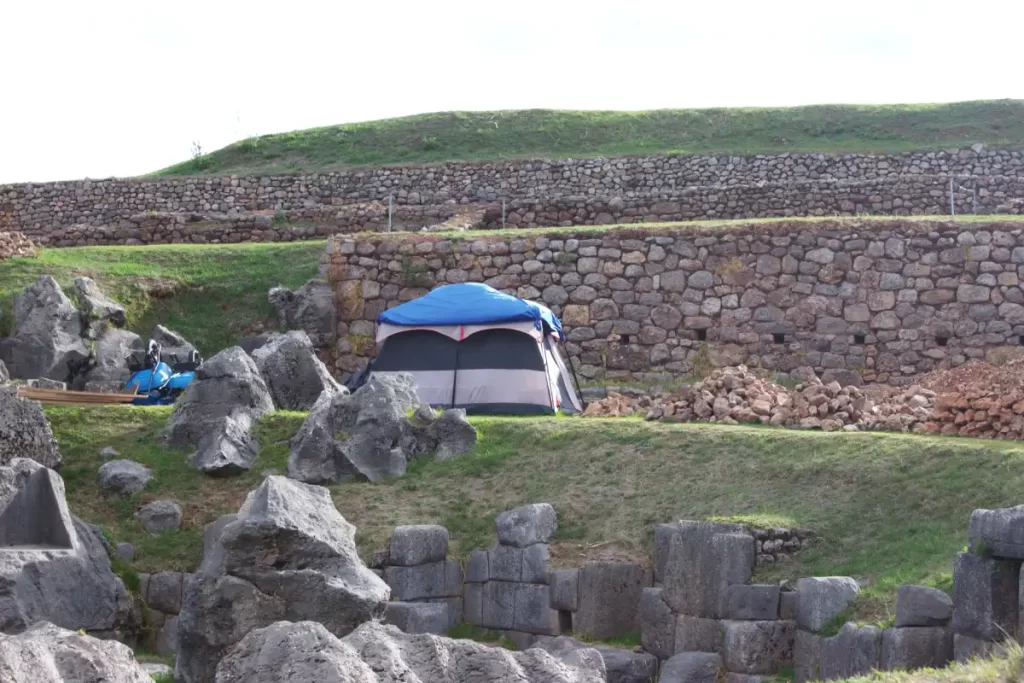
Photo: Devint G. Espinoza Zamalloa (2025).

The Small Chinkana (Chinkana Chica)
- Closer to the main archaeological park
- Partially accessible to visitors (surface level)
- Limited safe depth entry


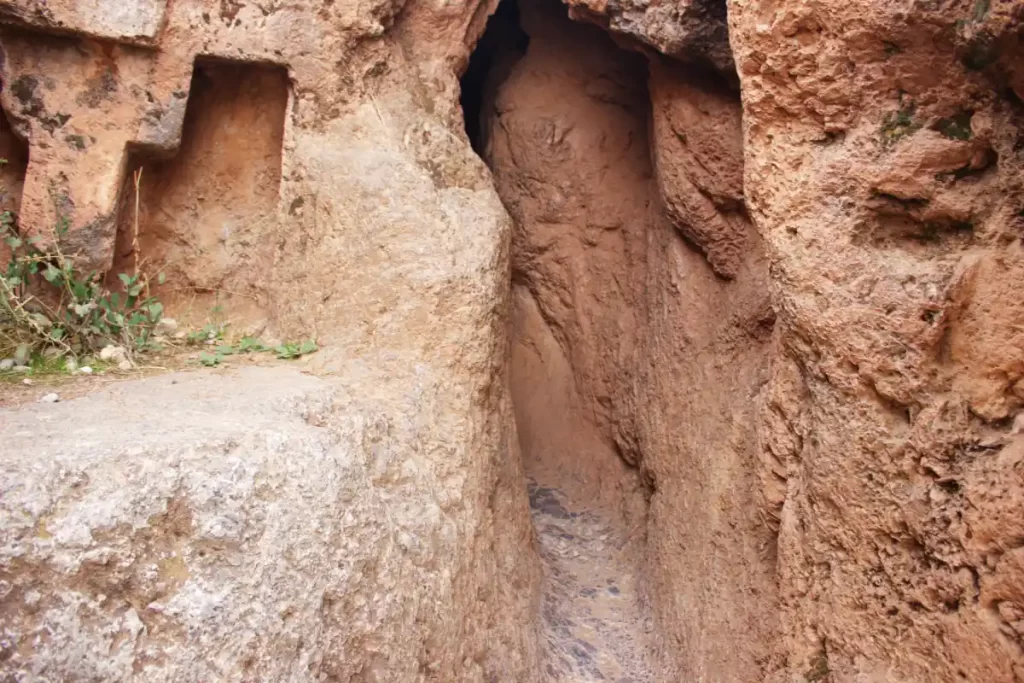

Photo: Devint G. Espinoza Zamalloa (2025).
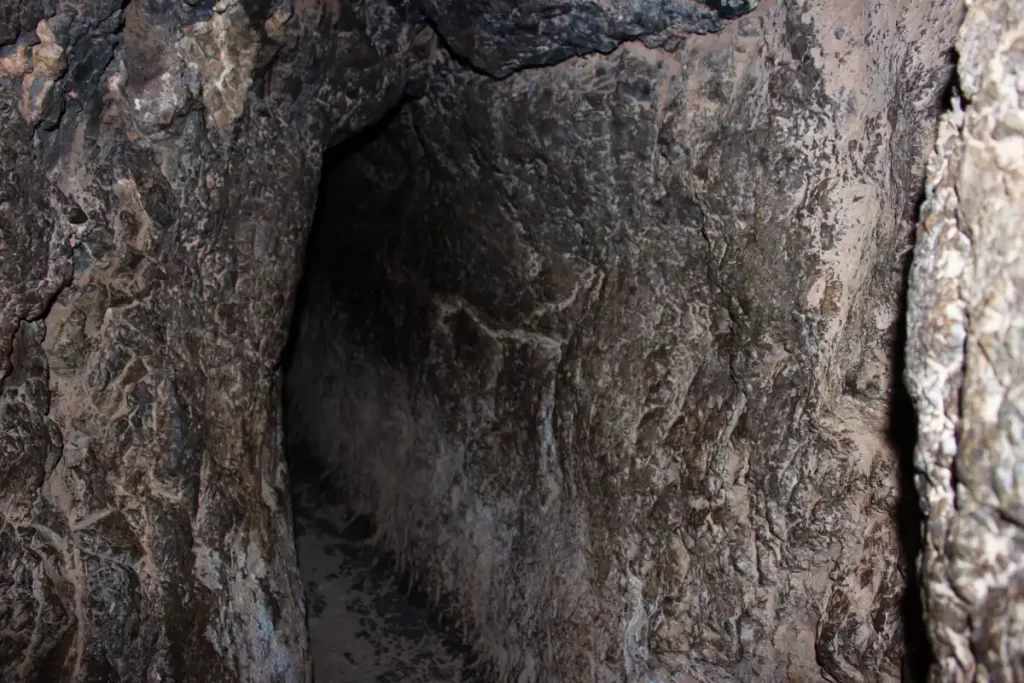

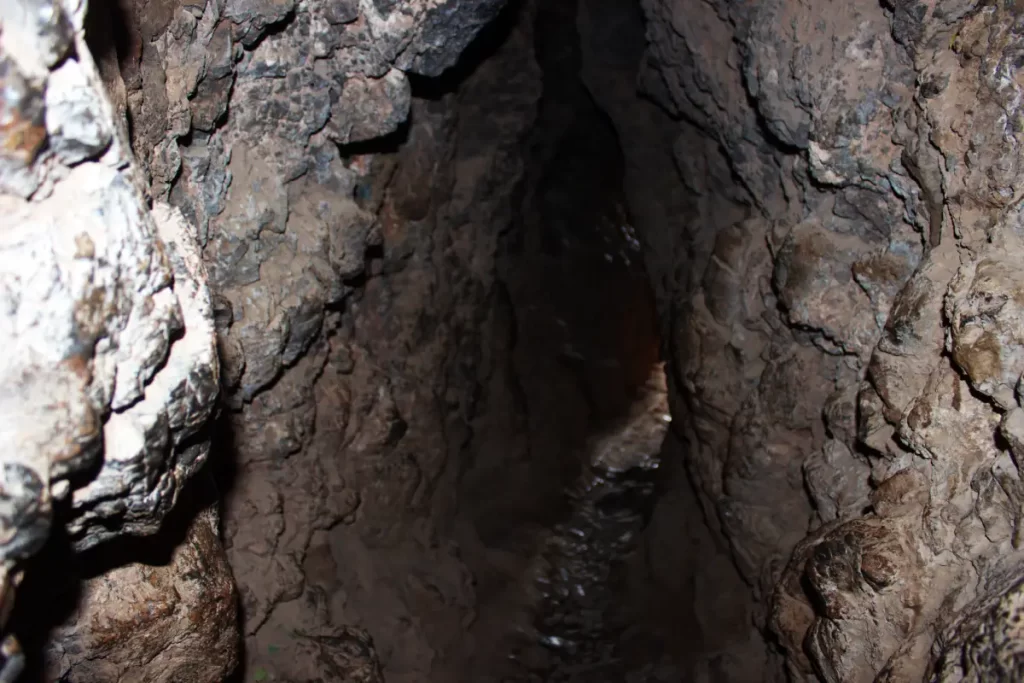
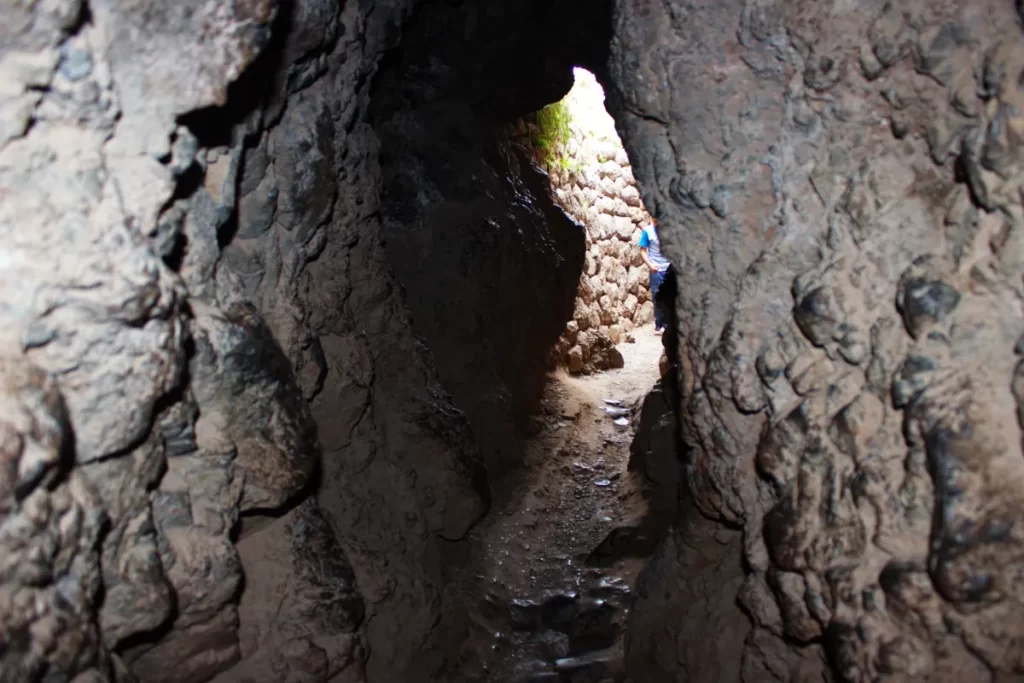
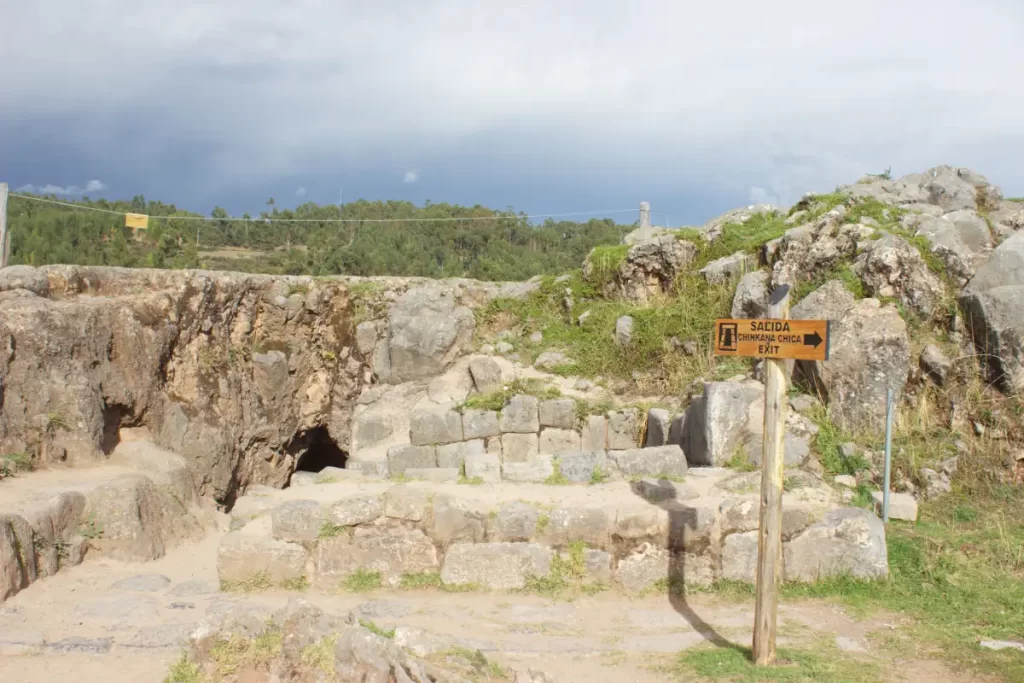
Why This Matters
If the hypothesis being investigated proves correct, sections of these tunnels may have once connected:
Sacsayhuamán → the Cathedral area → the Qorikancha (Temple of the Sun)
This aligns with oral history and with descriptions documented across multiple authors — including Garcilaso de la Vega.
Visiting Today
For now — deep access into the Great Chinkana is prohibited for safety reasons.
But travelers can already stand at the entrance points around Sacsayhuamán and feel the cold airflow rising from below — a tangible reminder that a hidden part of the Inca world still sleeps under modern Cusco.
Guided visits to surface areas of the archaeological park can include context on the Chinkana — but full subterranean tourism will depend on future conservation phases.
Frequently Asked Questions — Inside the Inca Chinkana in Cusco (2025): Breakthrough Excavations Beneath Sacsayhuamán
What is the Inca Chinkana in Cusco?
The Inca Chinkana refers to a set of underground passages and carved stone galleries located near Sacsayhuamán in Cusco. In Quechua, chinkana means “labyrinth”. These tunnels are part of a long-standing Andean tradition of subterranean spaces associated with sacred sites.
Where are the Chinkanas located?
There are two known areas associated with Chinkana entrances near and within the Sacsayhuamán archaeological zone: Chinkana Grande (upper area) and Chinkana Chica (lower / closer to the park’s main circuit).
Are the Chinkanas open to visitors?
Some shallow areas around Chinkana Chica are visible outdoors, but going deep inside tunnels is not permitted due to safety risks and restricted archaeological protection. Access to interior galleries is not open to tourists.
What do colonial chroniclers say about these tunnels?
Chroniclers such as Inca Garcilaso de la Vega wrote about hidden passages and secret routes in Cusco associated with temples and sacred precincts. These descriptions are considered part of early historical testimony — not proof of measured distances.
Are the Chinkanas scientifically confirmed to connect Cusco with other regions?
No confirmed archaeological documentation demonstrates continuous tunnel systems connecting Cusco to distant areas such as the Sacred Valley or Lake Titicaca. Some local traditions mention this possibility, but current evidence remains non-conclusive.
What is new in 2025 about Chinkana Grande?
The Proyecto Chinkana-Cusco (led by archaeologists Mildred Fernández & Jorge Calero, as reported in the 2025 América TV / Cuarto Poder coverage) is now conducting systematic exploration after identifying an entrance associated by researchers with a serpent-shaped carved head. The project estimates an underground system of more than 8,000 meters of galleries — a figure currently under active study, not yet published as final.
This discovery is not a finished chapter — it is the beginning of one.
The work underway in 2025 may redefine how Peru — and the world — understands the sacred geography beneath ancient Cusco. As new phases of documentation and excavation progress, official findings will continue to clarify what is legend, what is symbolic, and what is archaeological reality. And as more verified information becomes available, this blog will be updated to reflect it.
View Signature Travels will continue monitoring the Proyecto Chinkana-Cusco and future institutional releases — so travelers, researchers, and the Andean community can stay informed with accurate, traceable, and responsible reporting.

